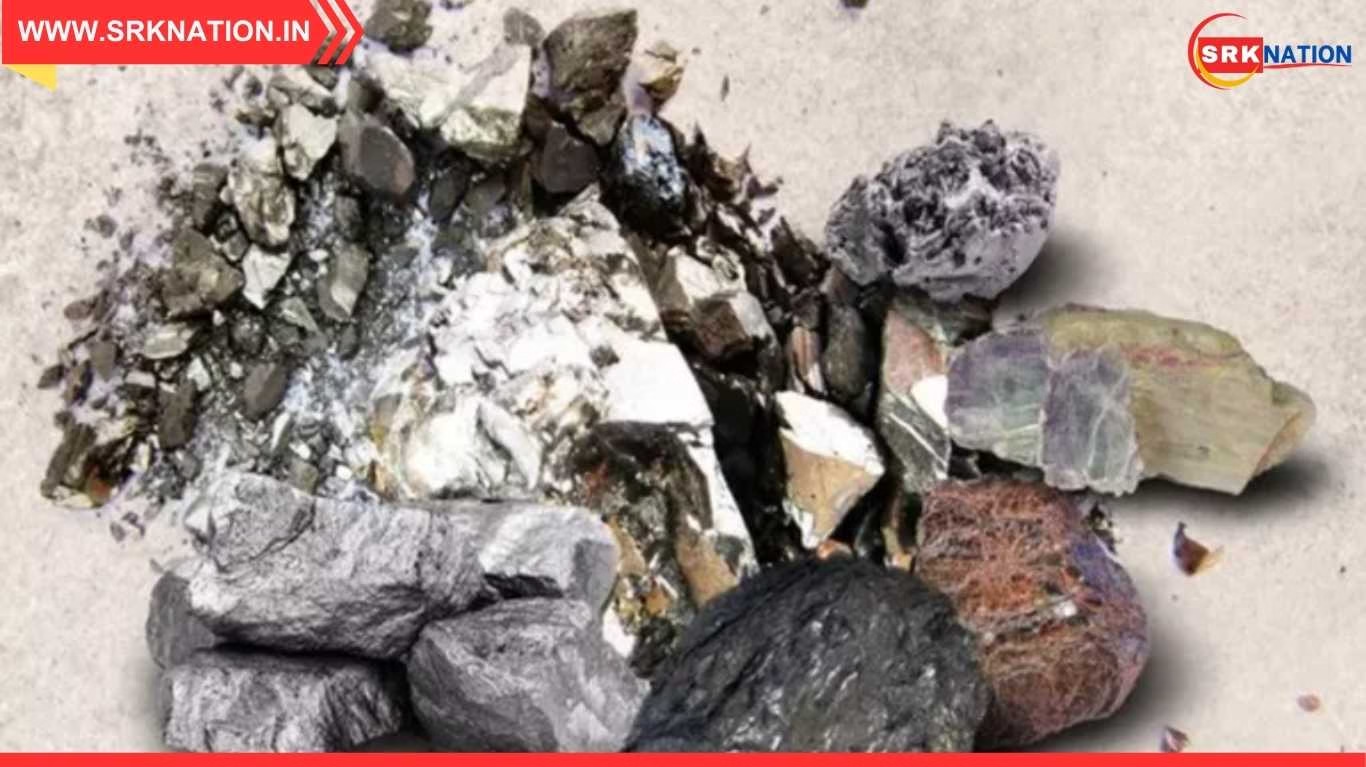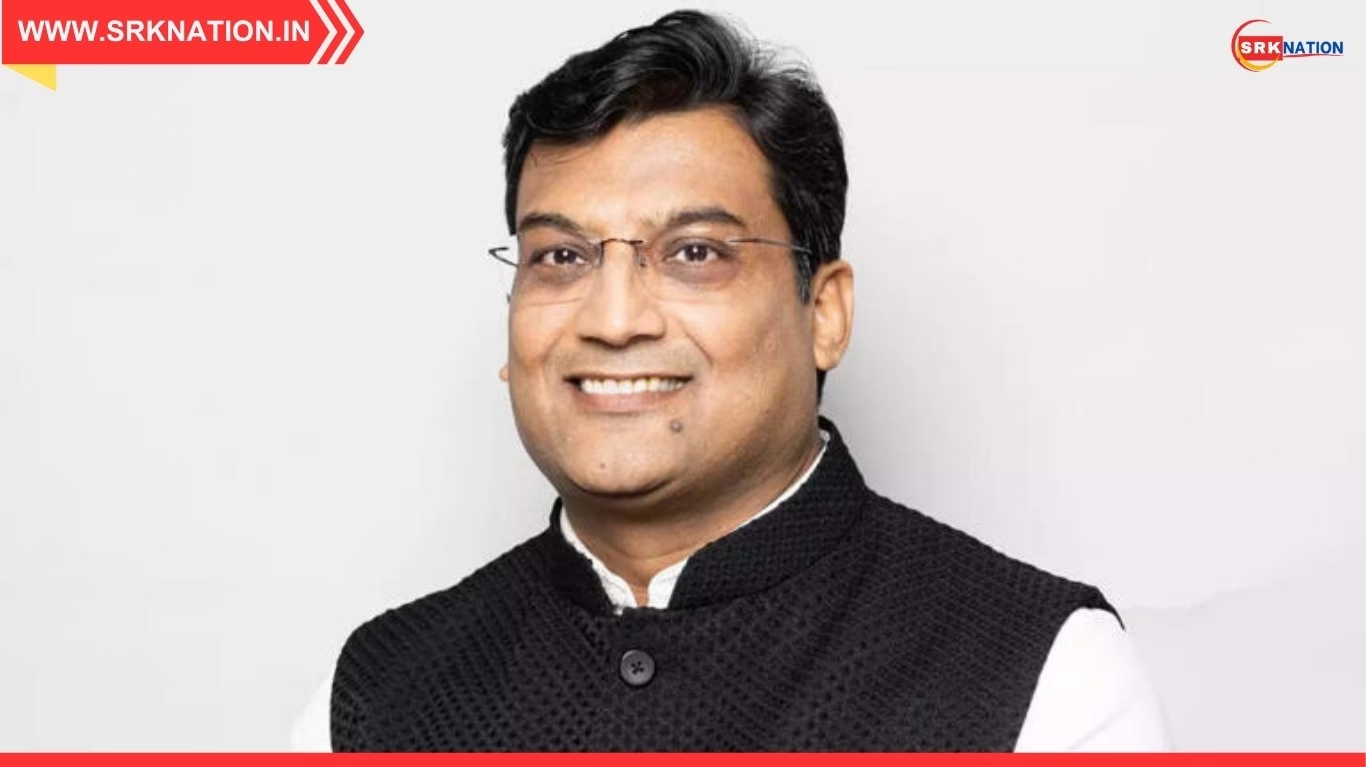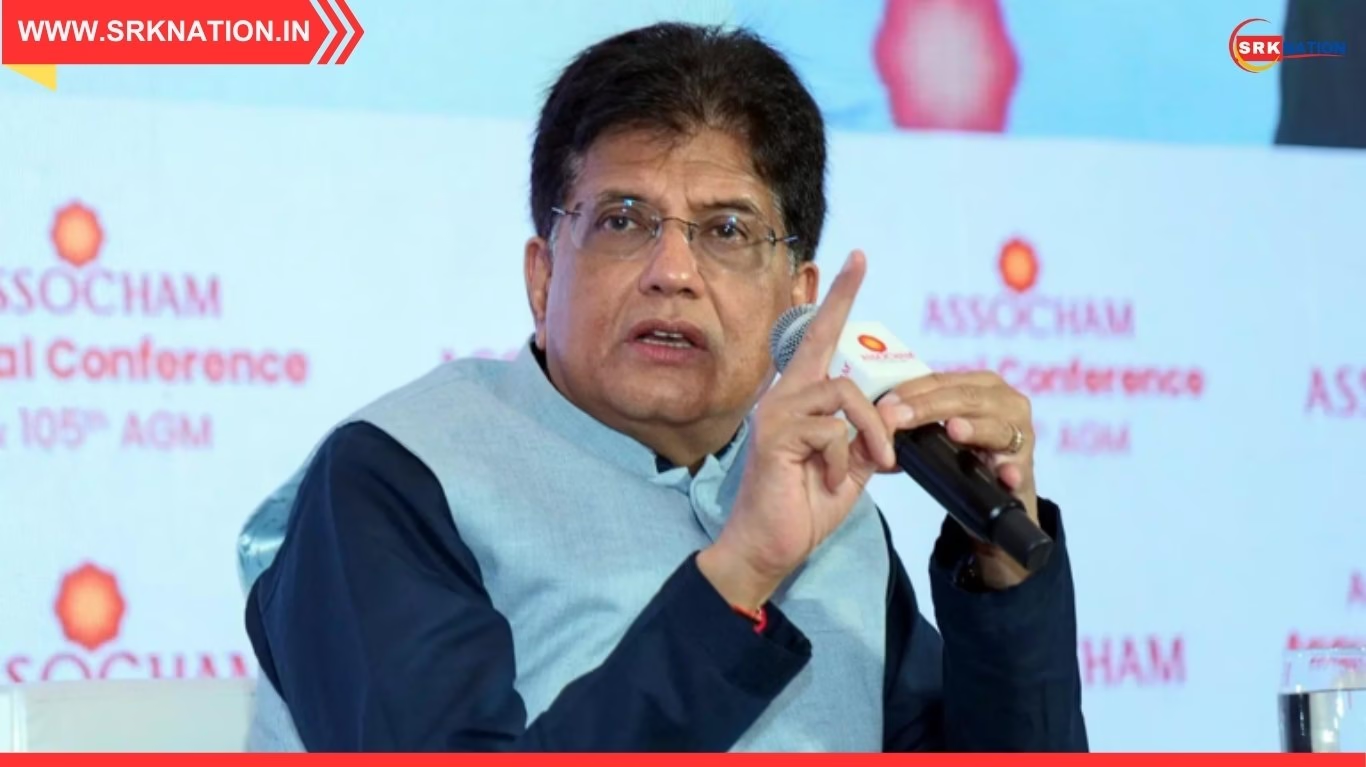In a major policy recalibration ahead of the September 22 rollout of GST 2.0 reforms, the Indian government is actively reviewing proposals to address the long-standing issues of unused Input Tax Credit (ITC) and the inverted duty structure that have plagued several sectors. The inter-ministerial meeting chaired by Cabinet Secretary T.V. Somanathan on September 8 brought together top officials from the finance, commerce, textiles, chemicals, agriculture, and heavy industries ministries to explore relief mechanisms that could unlock working capital and improve liquidity for manufacturers and exporters.
The discussions come in the wake of the GST Council’s 56th meeting, which introduced a simplified three-slab structure and rate rationalisation across essential goods and services. However, the mismatch between input and output tax rates—especially in sectors like FMCG, textiles, and pharmaceuticals—has intensified the inverted duty structure, leaving large portions of ITC stranded and unusable.
🧭 Key Issues Under Review in GST Relief Package
| Issue Area | Description | Proposed Solutions |
|---|---|---|
| Unused ITC | Credit accumulated due to higher input tax rates | Convert to tradable scrips or offset SGST |
| Inverted Duty Structure | Output taxed lower than inputs | Refund mechanism expansion, rate correction |
| Capital Goods ITC | No refund allowed under current rules | Extend refund eligibility to capital goods |
| Input Services ITC | Blocked credit on services like logistics, IT | Allow partial refund or offset |
| Compensation Cess | Sectoral burden due to cess on select goods | Review cess applicability and refund rules |
The government is considering allowing unused ITC to be offset against SGST or customs duty, or converted into tradable scrips to ease liquidity.
🔍 Sector-Wise Impact of Inverted Duty Structure
| Sector | Input GST Rate | Output GST Rate | ITC Accumulation | Relief Proposed |
|---|---|---|---|---|
| FMCG | 18% (services, packaging) | 5% (finished goods) | High | Refund expansion |
| Textiles | 12–18% (yarn, dyes) | 5–12% (garments) | Moderate | Rate correction |
| Pharmaceuticals | 18% (formulations, services) | 5% (medicines) | High | Tradable scrips |
| Chemicals | 18% (raw materials) | 12% (finished goods) | Moderate | SGST offset |
| Electronics | 18% (components) | 5–12% (devices) | High | Capital goods ITC |
The mismatch between input and output rates has led to blocked credits, especially for MSMEs and exporters.
📉 Current Refund Mechanism and Limitations
| Refund Type | Eligibility Criteria | Limitation |
|---|---|---|
| Inverted Duty Refund | Available for input goods only | No refund for capital goods or services |
| Export Refund | Available under LUT or payment of tax | Delay in processing, documentation burden |
| Compensation Cess Refund | Limited to specific sectors | Not applicable to all inverted structures |
Tax experts argue that the current refund framework excludes critical cost components, reducing its effectiveness.
🔥 Proposed Relief Measures Under GST 2.0
- Tradable ITC Scrips: Convert unused ITC into scrips that can be traded or used to offset future liabilities.
- SGST Offset: Allow businesses to apply unused ITC toward state GST dues, improving cash flow.
- Customs Duty Offset: Permit ITC to be used against customs duty for importers.
- Capital Goods Refund: Extend refund eligibility to capital goods under inverted duty structure.
- Input Services Credit: Allow partial refund or offset for services like logistics, warehousing, and IT.
These measures aim to reduce working capital strain and improve operational flexibility for manufacturers.
🧠 Expert Commentary on GST Relief Strategy
| Expert Name | Role | Comment |
|---|---|---|
| Meera Iyer | Indirect Tax Consultant | “Tradable scrips could revolutionize ITC management for MSMEs.” |
| Rajiv Bansal | GST Policy Advisor | “Offsetting SGST is a practical and scalable solution.” |
| Dr. Rakesh Sinha | Historian of Indian Taxation | “This reform phase reflects a shift toward consumption-driven policy.” |
Experts agree that GST 2.0 must address structural inefficiencies to unlock its full potential.
📦 GST Rate Rationalisation Snapshot (Effective September 22, 2025)
| Category | Old Rate | New Rate | Examples |
|---|---|---|---|
| Merit Goods | 5% | NIL | UHT milk, paneer, educational stationery |
| Standard Goods | 18% | 18% | Services, general goods |
| Sin Goods | 28–40% | 40% | Tobacco, pan masala, luxury vehicles |
The simplified three-slab structure aims to reduce compliance burden and improve transparency.
📅 Upcoming Milestones in GST Reform Rollout
| Event | Date | Strategic Importance |
|---|---|---|
| Final Notification Issuance | September 15 | Legal framework for relief measures |
| ERP and HSN Code Update | September 18 | Businesses to align systems |
| GST 2.0 Rollout | September 22 | New rates and refund mechanisms begin |
| Sectoral Review Meetings | October 2025 | Feedback loop for further refinements |
Businesses are advised to prepare for system upgrades and documentation changes ahead of the rollout.
📌 Conclusion
As India prepares for the GST 2.0 transition on September 22, the government’s review of unused ITC and inverted duty structure marks a critical step toward restoring balance in the indirect tax ecosystem. With proposals ranging from SGST offsets to tradable scrips, the relief measures aim to unlock liquidity, reduce compliance friction, and empower manufacturers and exporters. If implemented effectively, these reforms could redefine how businesses manage tax credits—and how GST supports India’s growth story.
—
Disclaimer: This article is based on publicly available government reports, expert commentary, and media coverage as of September 9, 2025. It is intended for informational purposes only and does not constitute financial or legal advice.











